Crafting a Natural and Appealing Garden Landscape
Designing a garden landscape that feels natural and inviting requires careful consideration of elements such as plant selection, layout, and hardscaping features. By blending harmonious combinations of native plants, diverse textures, and inviting spaces, you can create a garden oasis that delights the senses and provides a haven for both people and wildlife. Here’s how to craft a natural and appealing garden landscape:
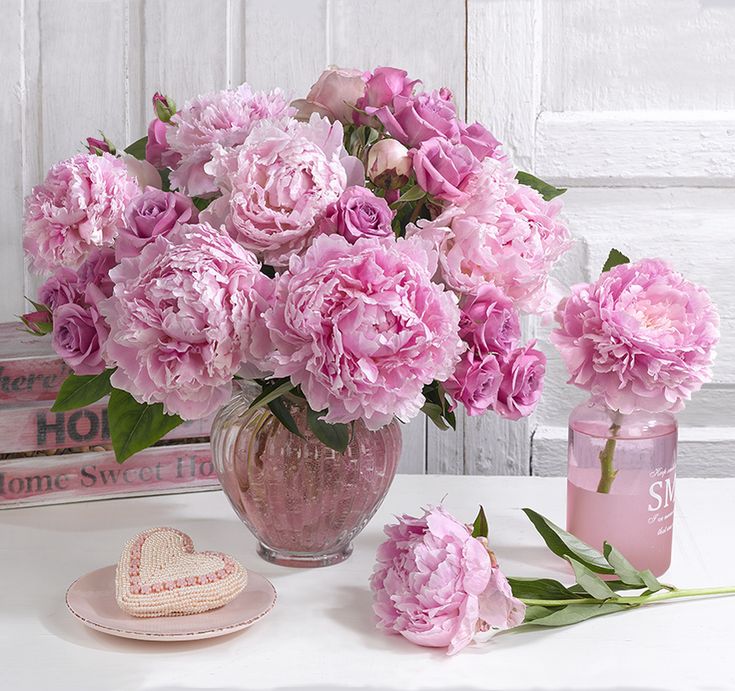
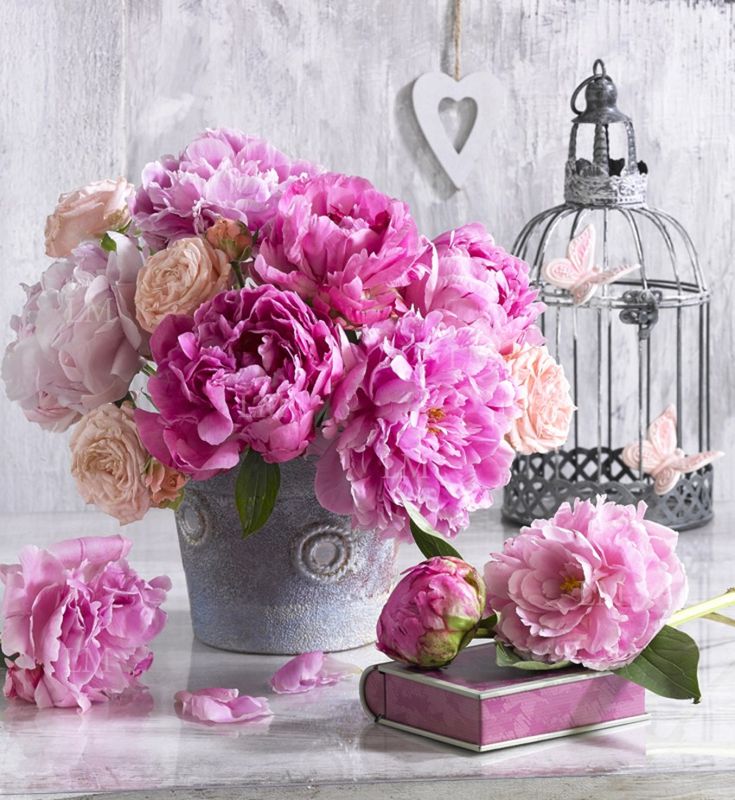
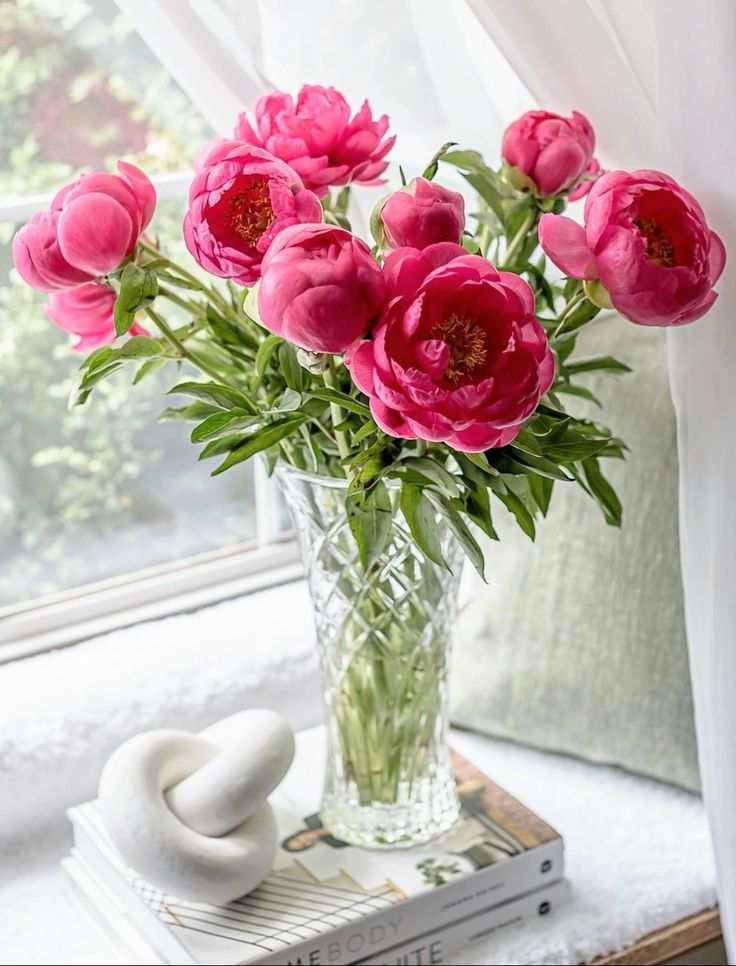
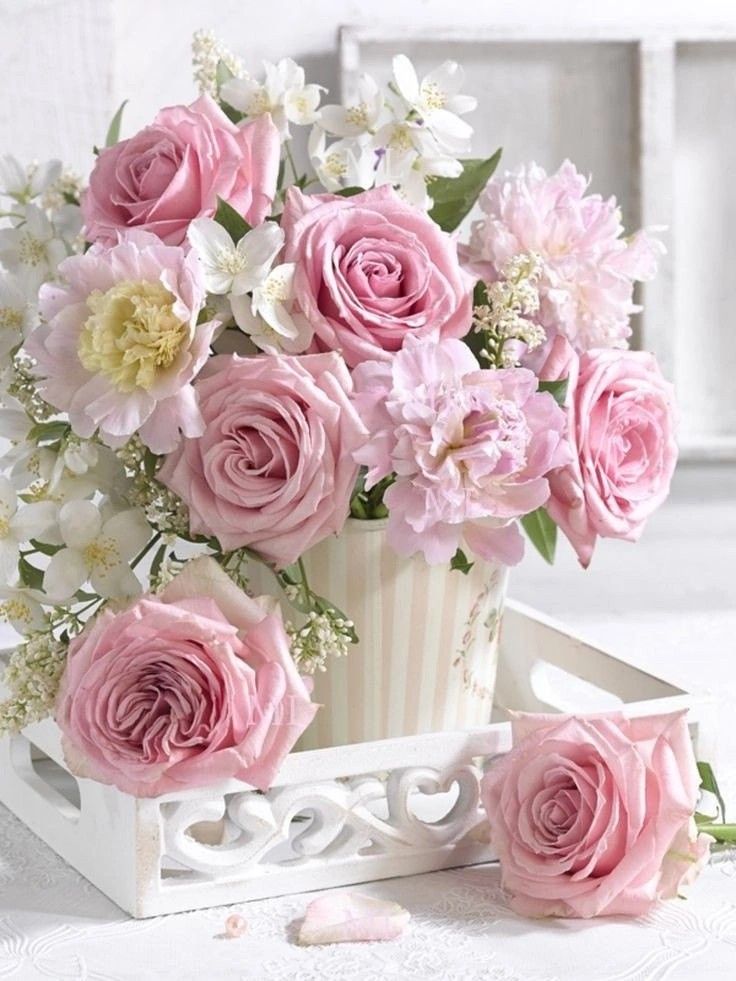
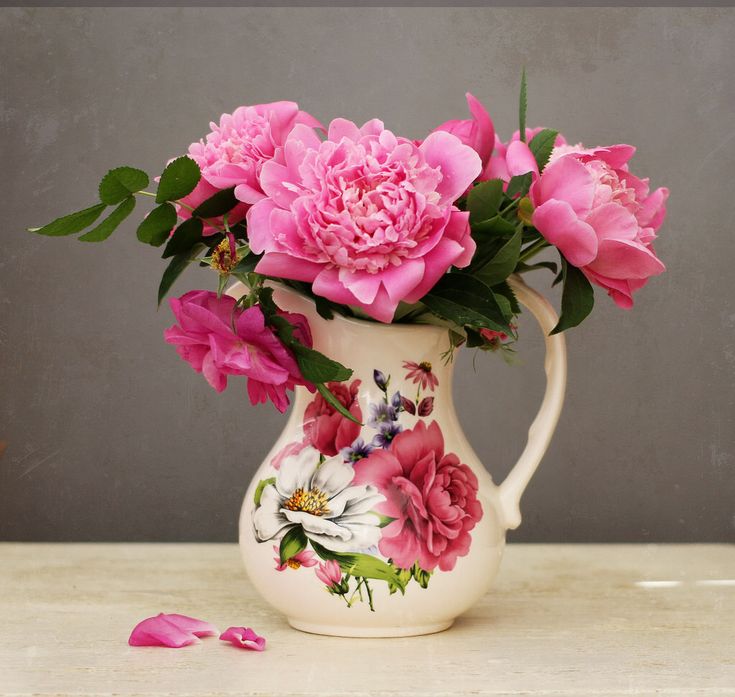
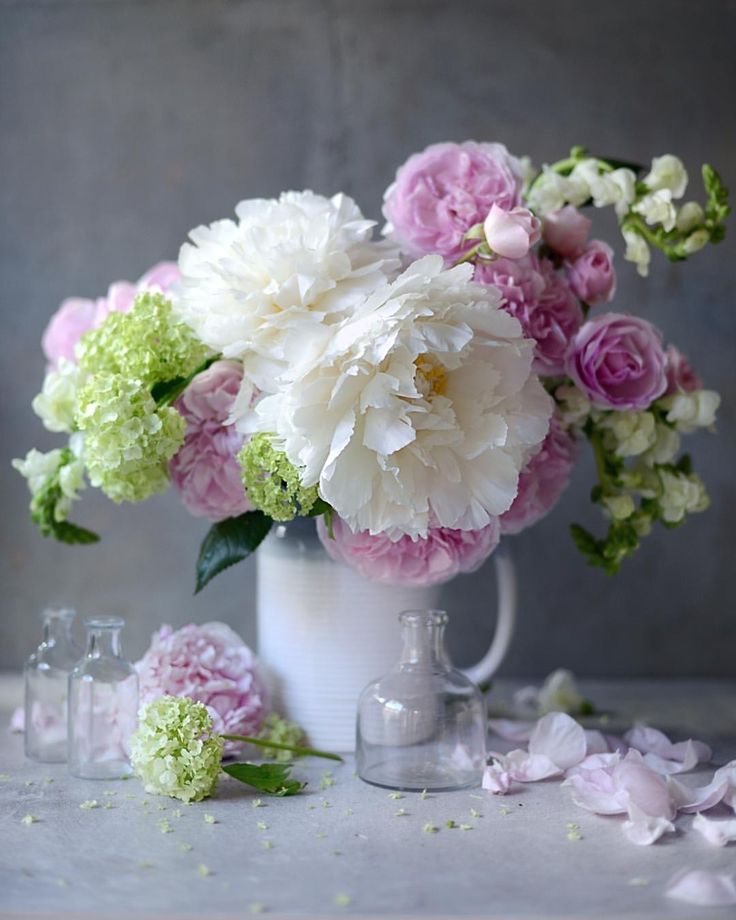
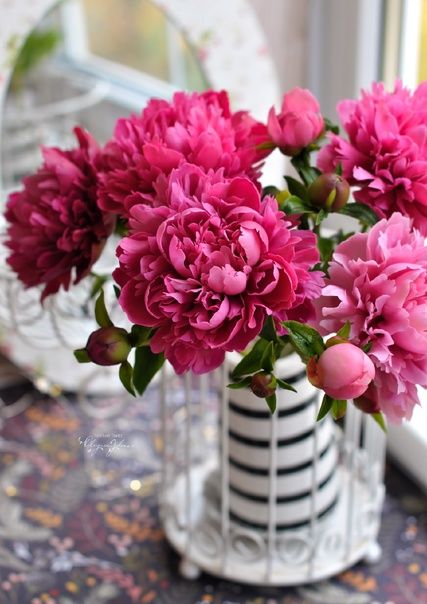
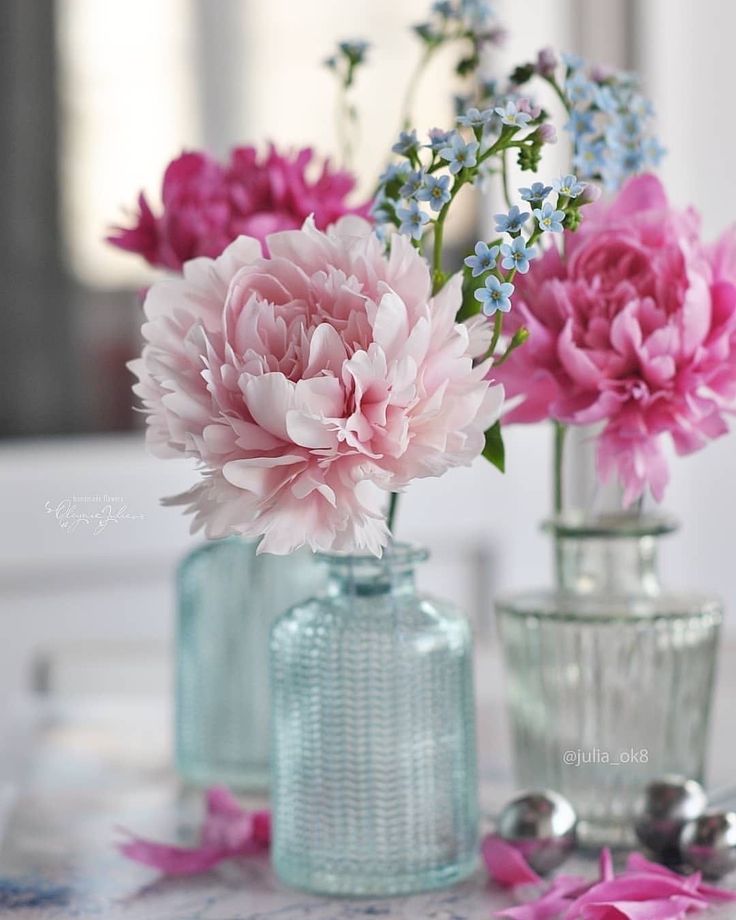
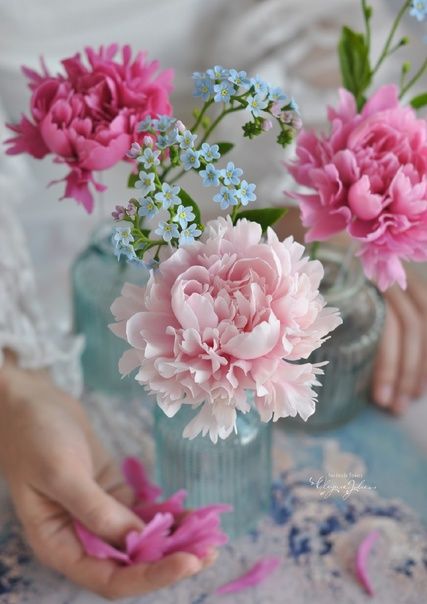
1. Embrace Native Plants
- Native Flora Selection: Choose native plants adapted to your region’s climate, soil, and ecosystem. Native plants provide habitat for local wildlife, require less water and maintenance, and contribute to the overall biodiversity of your garden.
- Plant Diversity: Incorporate a variety of native trees, shrubs, perennials, and grasses to create layers of interest and texture. Mix different plant heights, colors, and bloom times to ensure year-round visual appeal and seasonal interest.
2. Create Functional Zones
- Define Spaces: Designate distinct areas for relaxation, entertainment, and gardening activities within your landscape. Incorporate pathways, seating areas, and focal points to guide visitors through the garden and encourage exploration.
- Functional Gardens: Integrate functional elements such as vegetable gardens, herb gardens, or pollinator gardens into your landscape design. These gardens not only provide fresh produce and herbs but also support beneficial insects and wildlife.
3. Incorporate Natural Materials
- Hardscaping Features: Use natural materials like stone, wood, and gravel to create paths, patios, and retaining walls. These materials blend seamlessly with the surrounding environment and add texture and character to the landscape.
- Water Features: Consider adding a naturalistic pond, stream, or fountain to enhance the garden’s tranquility and attract birds and other wildlife. Incorporate water-loving plants around the water feature to soften the edges and create a lush oasis.
4. Create Wildlife Habitat
- Native Habitats: Mimic natural habitats found in your region by incorporating features like rock piles, log piles, and brush piles. These habitats provide shelter, nesting sites, and foraging opportunities for native wildlife.
- Pollinator-Friendly Plants: Plant a variety of nectar-rich flowers and flowering shrubs to attract pollinators such as bees, butterflies, and hummingbirds. Choose native species that offer continuous blooms throughout the growing season.
5. Seasonal Interest and Maintenance
- Year-Round Appeal: Select plants that offer seasonal interest, including spring blooms, summer foliage, fall color, and winter berries or bark. Incorporate evergreen plants for year-round structure and greenery.
- Low-Maintenance Design: Choose low-maintenance plants and design elements that require minimal upkeep, such as drought-tolerant species, native grasses, and self-seeding wildflowers. Mulch garden beds to suppress weeds and retain soil moisture.
6. Personalize and Evolve
- Personal Touches: Infuse your personality into the garden landscape with unique features, art pieces, or favorite plants. Incorporate elements that reflect your interests, hobbies, or cultural heritage to create a truly personalized space.
- Continuous Evolution: Allow your garden to evolve over time by observing how plants grow and interact with each other and the environment. Experiment with new plant combinations, layouts, and design elements to enhance the garden’s beauty and functionality.
Conclusion
Crafting a natural and appealing garden landscape is a rewarding journey that involves thoughtful planning, creativity, and a deep connection to the natural world. By embracing native plants, creating functional zones, incorporating natural materials, and supporting wildlife habitat, you can design a garden that nourishes the senses, fosters biodiversity, and provides a peaceful retreat for both humans and wildlife alike.
FAQs (Frequently Asked Questions)
- How can I attract wildlife to my garden?
- To attract wildlife, provide food sources, water, shelter, and nesting sites. Plant a diverse range of native plants, incorporate water features, and create habitat structures like rock piles and brush piles.
- What are some low-maintenance plants for a natural garden landscape?
- Low-maintenance plants include native grasses, succulents, drought-tolerant perennials, and self-seeding wildflowers. Choose plants adapted to your region’s climate and soil conditions for best results.